The cleanability of carpet fibres – Is wool or synthetic carpet easier to clean?
The debate about which carpet fibre is best has raged for decades and doesn’t show signs of letting up any time soon.
Having once been a carpet cleaner, for almost a decade, I have cleaned just about every carpet fibre on the market. Putting aside for now the cellulosic fibres like sisal, coir and linen which need very specialist cleaning methods and techniques you are left with wool and the synthetic fibres. The two most common synthetic fibres used in carpet manufacture today are polypropylene and Nylon with polypropylene now most favoured in the UK for use in domestic installations.
A lot has been said about the ‘cleanability’ of polypropylene, how it is easy-clean and supposedly stain proof. So how does wool compare?
To answer that we need to understand the difference between maintenance and spot removal and look at the different carpet fibre’s appearance retention over its lifecycle.
The most important issue for carpet owners, in my opinion, is how the carpet in which they have invested, and that they want to happily live with for many years, will respond to what modern living will throw at it.
In other words, will it keep looking good, or will its appearance gradually and inevitably deteriorate?
This appearance is made up of a number of things, like loss of texture, loss of thickness, gradual loss of colour and, yes, appearance of spots that won’t come out anymore.
All carpets have their strong points and weaknesses.
Polypropylene carpets, for instance, are promoted and recommended because of their stain resistance. They are indeed almost impossible to stain with water-based staining materials (basically, because pp does not absorb water). However, they DO NOT resist oily or greasy stains very well.
Polypropylene carpets lack the resilience of wool and because the fibres don’t have the memory to bounce back the carpet tends to flatten relatively quickly. Although synthetic fibre carpets have a shiny lustre when new this soon dulls. The reason for this rapid decline in appearance is due to the sandy and gritty components of soil, that is brought into the home on the soles of your shoes, abrading and scratching the fibre. If you imagine dragging sand paper over a plastic surface you’ll get an idea of what I mean.
Wool carpets, on the other hand, are well-known for their long-lasting good appearance, based on their excellent “bouncebackability”, great response to cleaning – both dry and wet – and resistance to soiling and therefore retention of colour. Staining, admittedly, can be an issue, but only if stains are left to soak in and penetrate the fibres. If spills are attended to promptly – and expertly – there is seldom a problem. Wool carpets just have that great reputation for longevity that other fibres seem to lack.
Synthetic fibres, while initially responding well to cleaning, over time seem to clean less and less easily. The reason is that as the fibres get damaged the little cracks and fissures that develop in the individual fibres trap dirt and spillages which then become almost impossible to get out again. The carpets “ugly out”…
When correct cleaning techniques and chemistry are applied wool carpets are easily maintained and retain the highest level of appearance. This is why, despite the slightly higher price tag, they are still the carpet of choice for installations where appearance is paramount.
There is a general lack of knowledge and understanding about how carpets – of all fibre types – are best maintained: by what technique, using which cleaning agents, by whom… That’s where WoolSafe comes in.
For step-by-step advice on how to simply remove common household spills from any fibre carpet download the award-winning WoolSafe Carpet Stain Cleaning Guide App. Free on all mobile device platforms.
WoolSafe Approved Service Providers are Fibre Care Specialists who know how best to clean all carpet types safely and to the highest standards. You can find them and Approved cleaning products on the WoolSafe website.


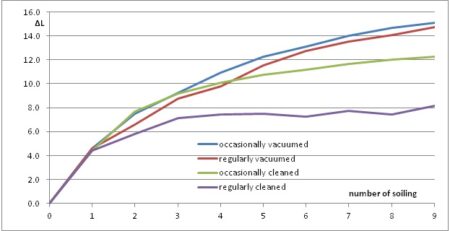
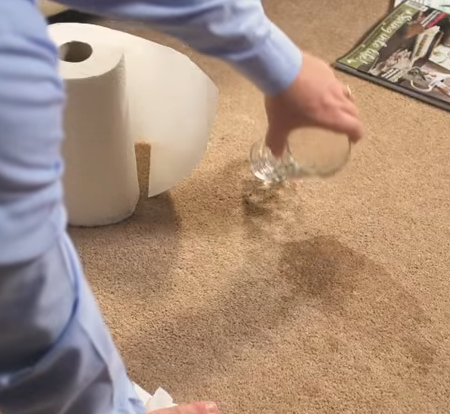
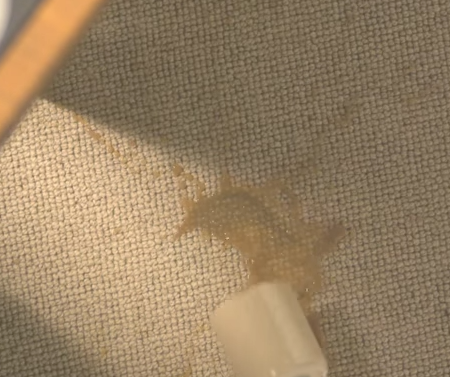


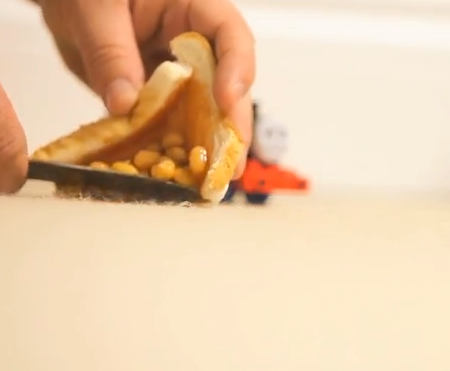
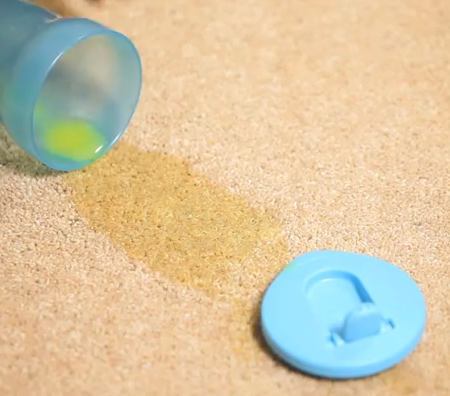

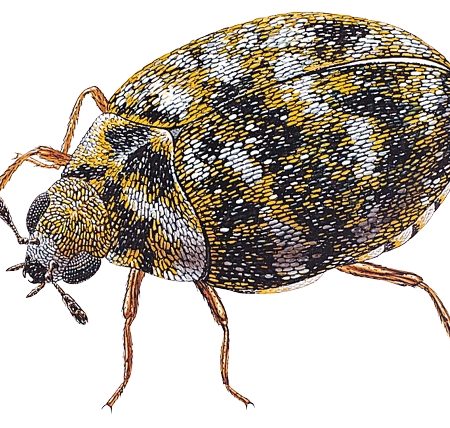
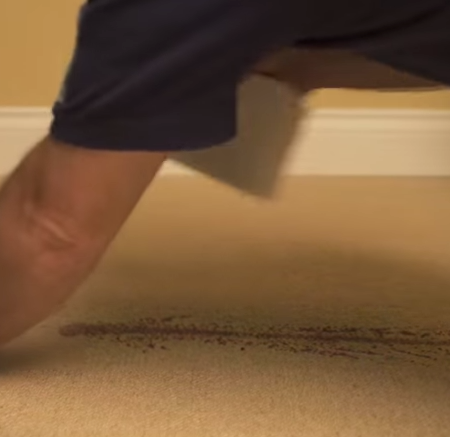
Leave a Reply
You must be logged in to post a comment.